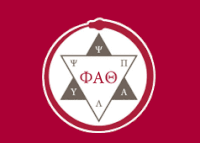Abstract
This project examines the topic of Holocaust memorialization with a specific focus on the Simon Wiesenthal Center and their Los Angeles Museum of Tolerance. It posits that the mission and design of the museum were shaped by two major factors, first, the values of Nazi hunter Simon Wiesenthal for whom the Center was named, and second, racial and ethnic tensions within the City of Los Angeles during the late 1980s and early 1990s, which culminated in the Los Angeles riots in 1992 following the acquittal of four white police officers in the 1991 beating of Rodney King. The museum opened its doors the following year. In the context of social tensions and upheaval, the museum’s founders reframed Holocaust remembrance from being a primary concern to the Jewish community to one embracing the entire civic community. The museum’s founders conceptualized and designed the museum to demonstrate Holocaust remembrance as inseparable from social and religious tolerance. Evidence to support this thesis will be drawn from a close analysis of several museum exhibits, as well as from primary sources which speak to the development of the museum in the context of the history of Los Angeles. From the vantage point of the museum’s design and exhibits, this project addresses the broader issue of how Holocaust memory and museums reflect both historical content and civic context.
Recommended Citation
Figueroa, Natalie
(2018)
"Tolerance as a Way to Remember,"
Voces Novae: Vol. 10, Article 6.
Available at:
https://digitalcommons.chapman.edu/vocesnovae/vol10/iss1/6
Included in
Jewish Studies Commons, Museum Studies Commons, Other History Commons, United States History Commons


